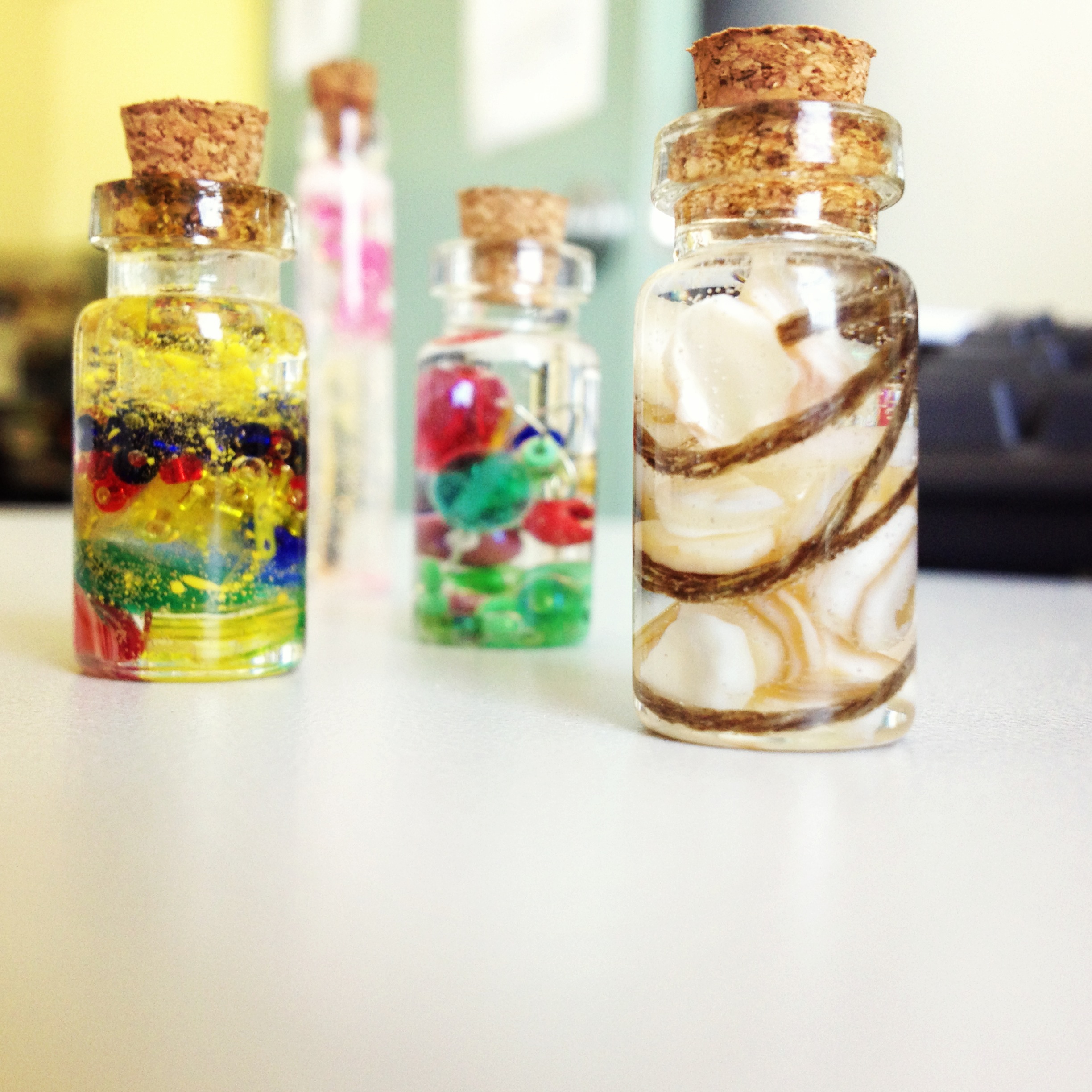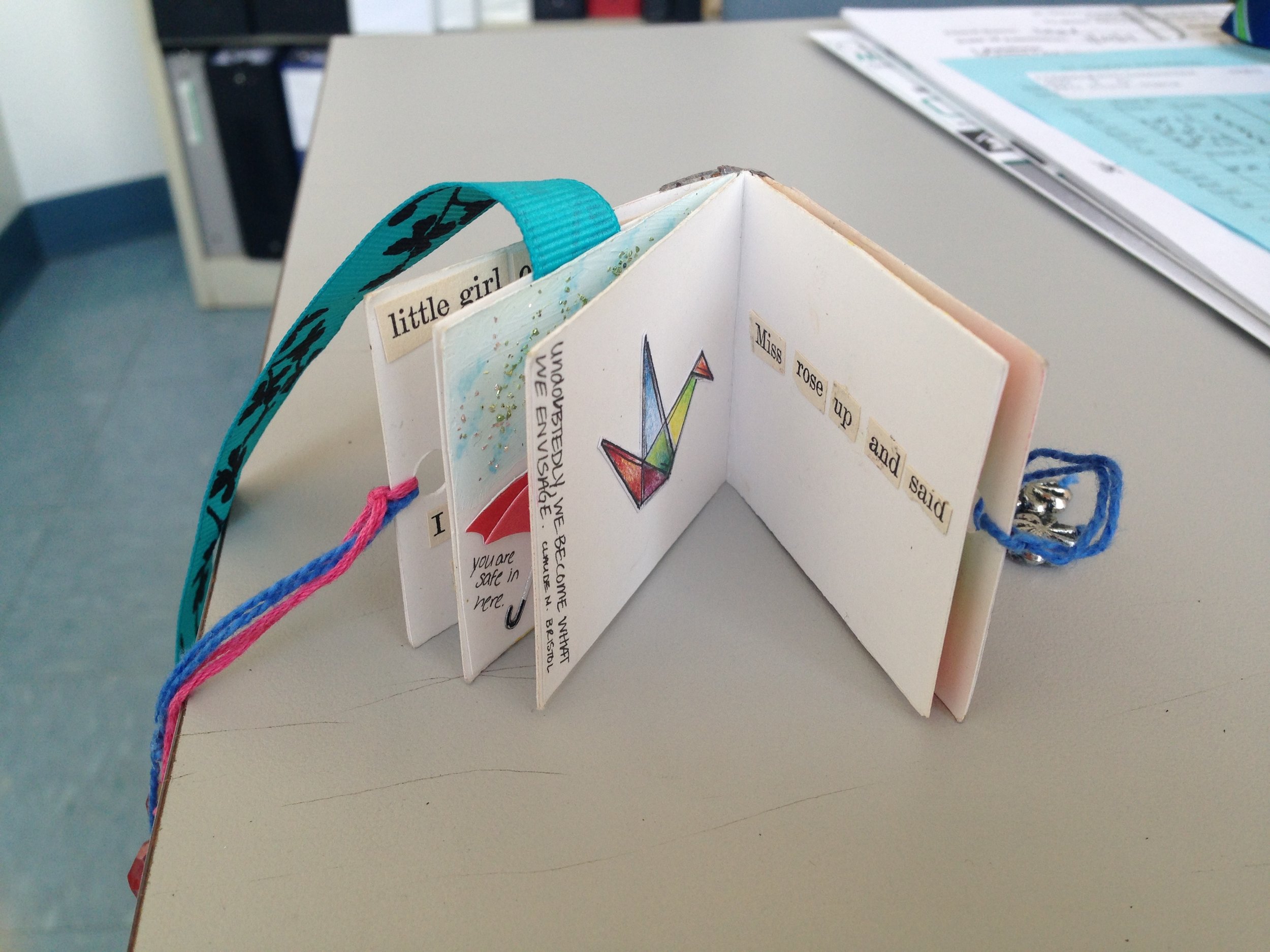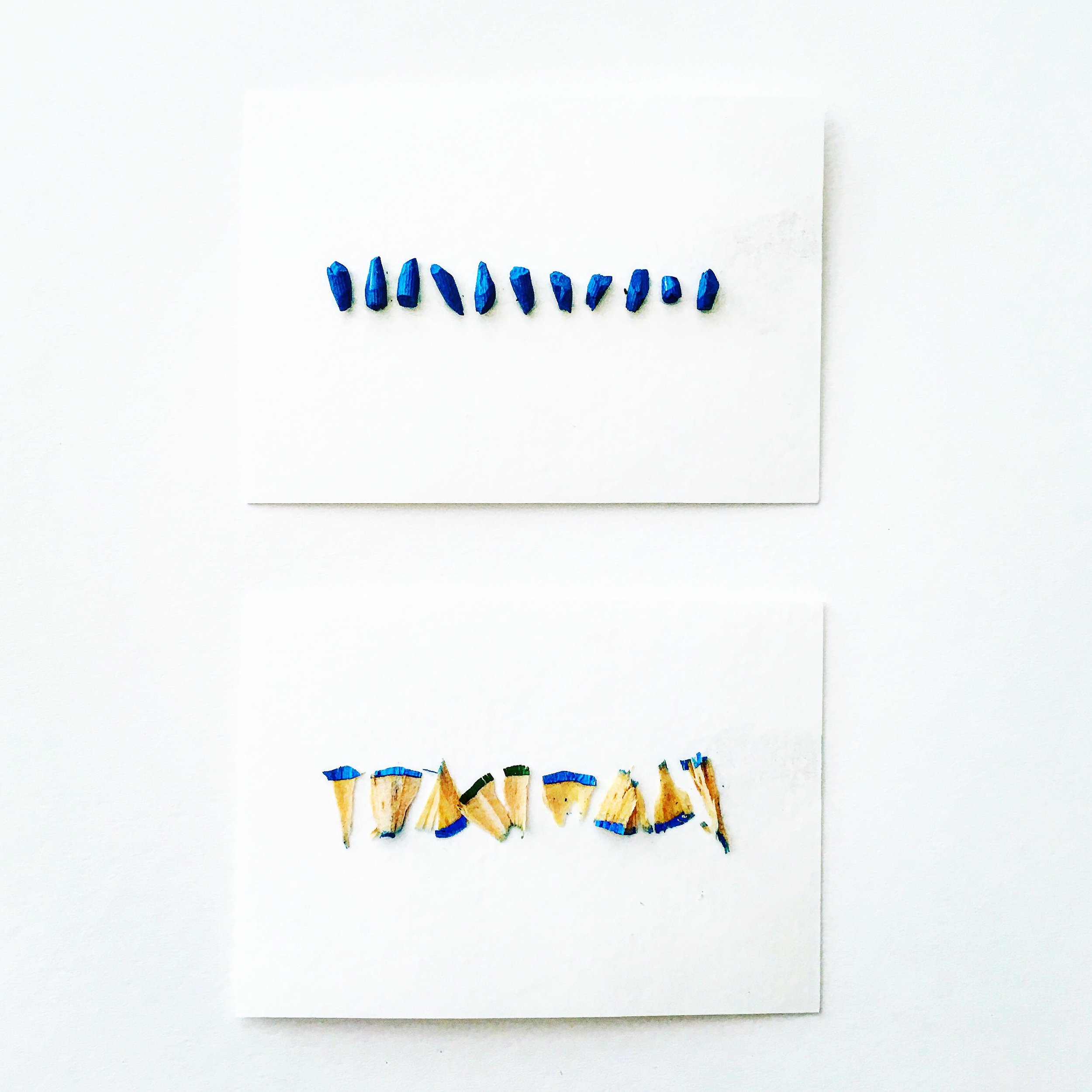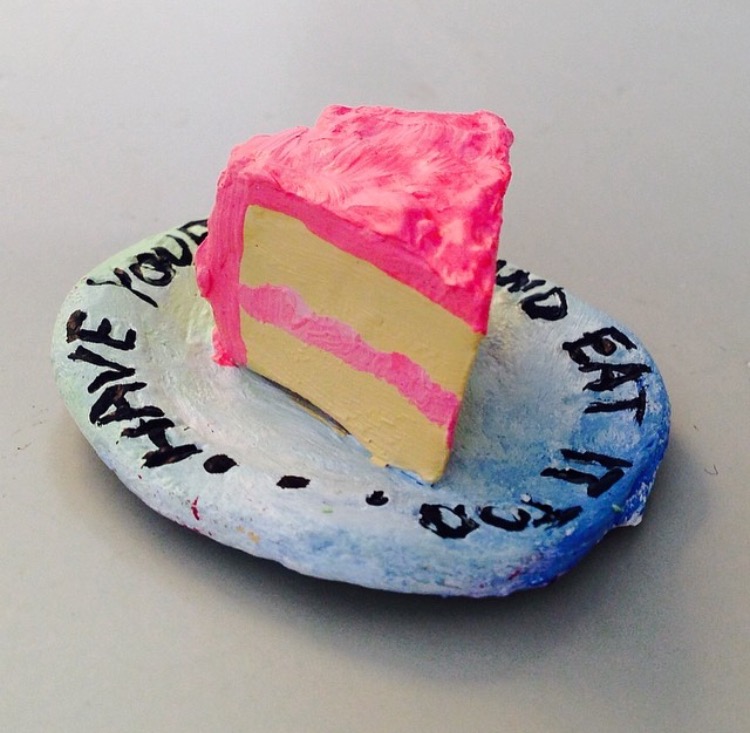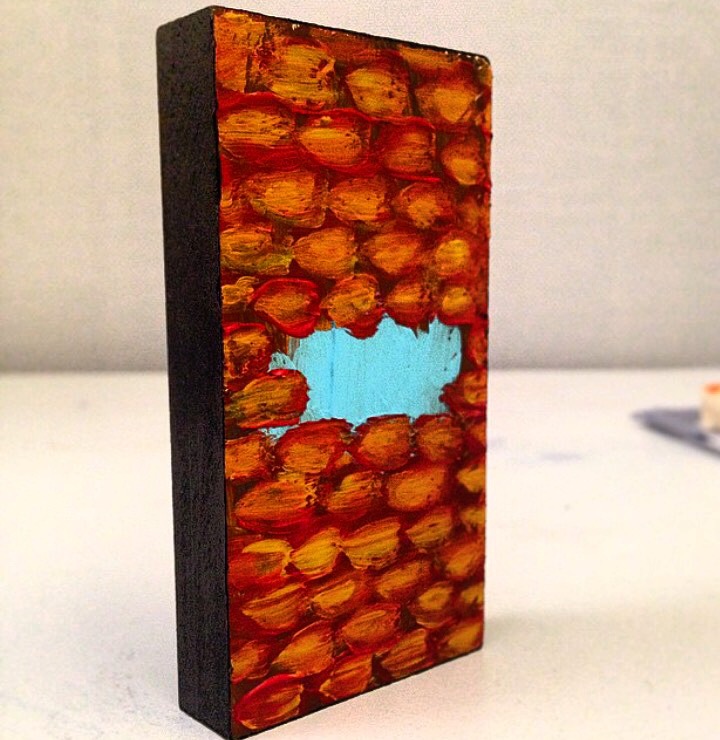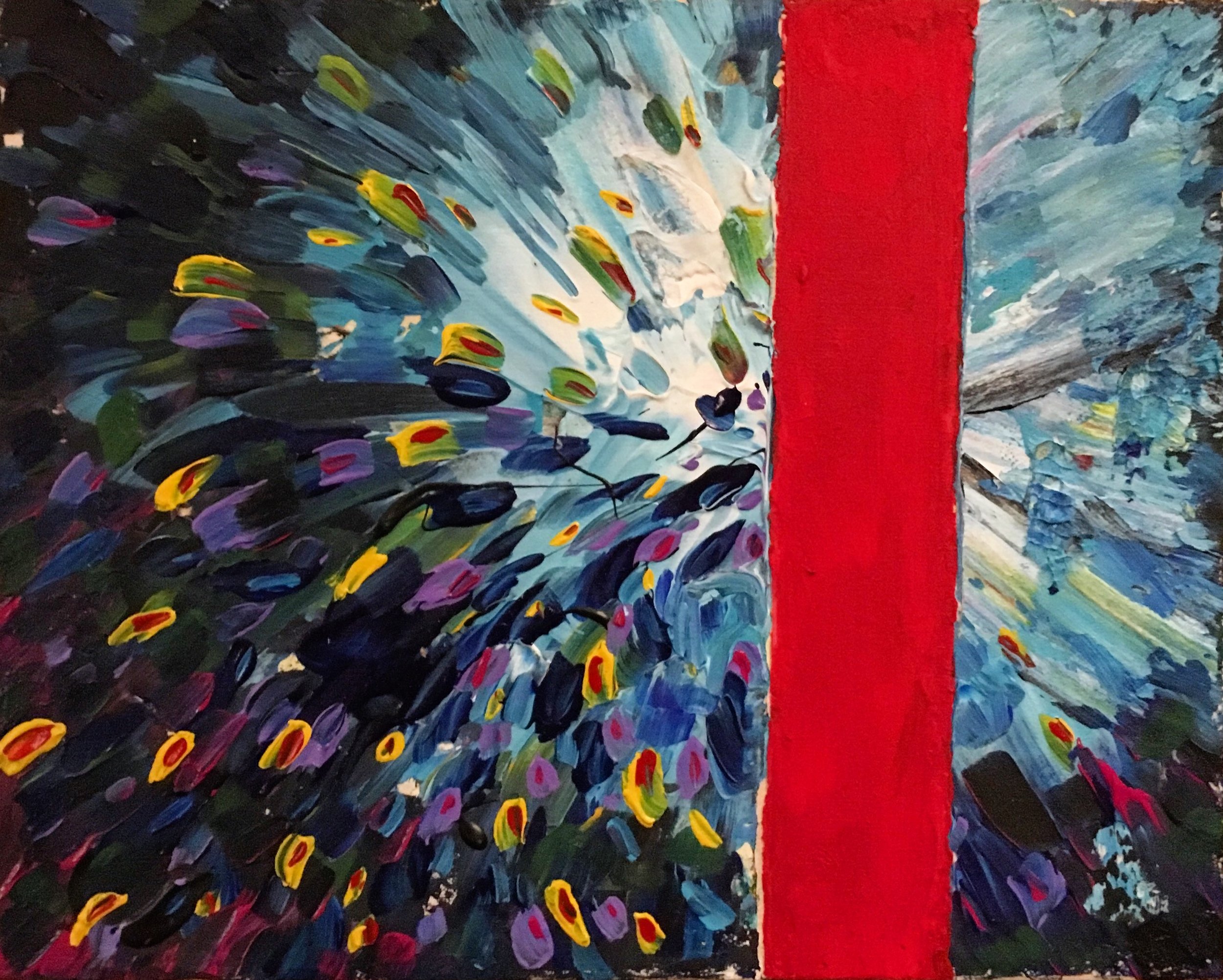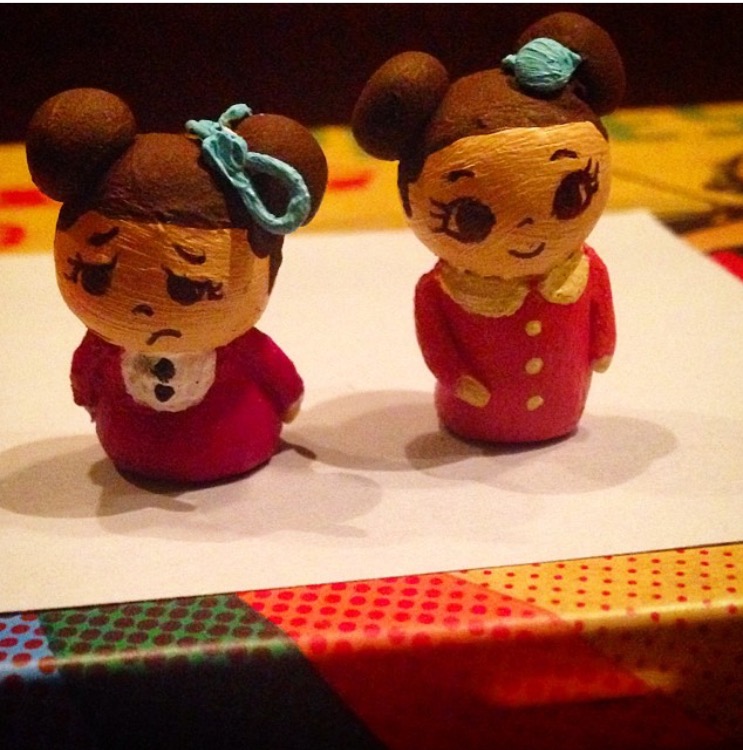All artwork is original. No client artwork has been used on this website.
According to the American Art Therapy Association, “Art Therapy, facilitated by a professional art therapist, effectively supports personal and relational treatment goals as well as community concerns. ArtTherapy is used to improve cognitive and sensorimotor functions, foster self-esteem and self-awareness, cultivate emotional resilience, promote insight, enhance social skills, reduce and resolve conflicts and distress, and advance societal and ecological change.”
Who are professional art therapists?
Professional art therapists are trained at the graduate level and have met requirements by state and national accrediting bodies to practice art therapy. Art therapists must complete a 60 credit graduate program, which includes full internship experiences and a rigorous training and supervision program. Following completion of graduate study, art therapists must pass a board certification exam and must complete supervised hours in the field before they are granted the ATR-BC credential and, if applicable, state license. Those who complete supervised hours providing clinical supervision to students may obtain the supervisor certification, ATCS.
Professional art therapists are trained in psychological theories and the application and use of art within the clinical setting, and are prepared to direct, guide, and manage the intersection of these areas in work with clients. The use of art within counseling and other personal growth settings has become more commonplace, but it should be understood that professionals untrained in the the applied theory of art therapy are not qualified to safely engage clients in the creative process as a therapeutic tool.
“I found I could say things with colors and shapes that I couldn’t say any other way - things I had no words for. ”
The gallery below highlights some of the ways in which art can be used to explore a variety of areas of focus. Artwork may be created spontaneously or may be directed by the art therapist to guide the client in his/her process.


